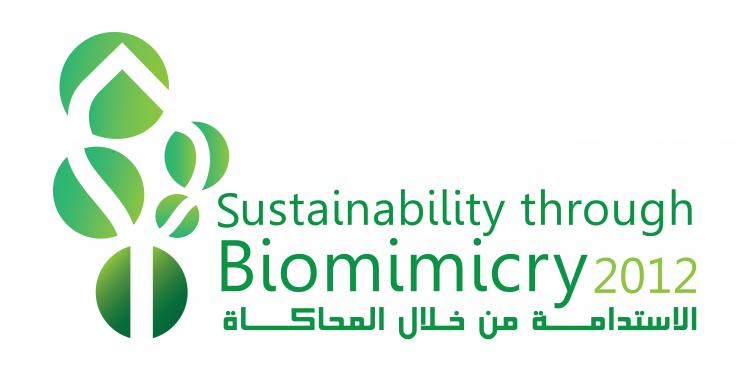Discovering a World of Solutions Inspired by nature
First International conference - Organized by the College of Design
27-28 November 2012
The effects of our present lifestyles on the environment are leading towards drastic conditions of major climatic changes as well as the depletion of earth's natural resources. The way to address this situation is to either sustain natural resources or emulate nature which is already sustainable. Even though much emphasis is placed on matters of sustainability, very few lessons from nature, which is inherently sustainable, find their way into design.
The process of biomimicry also known as biomimetics or biologically inspired designs, involves finding solutions to design problems by emulating the natural world. This is done through the imitation of nature‘s forms, processes and ecosystems to more effectively and sustainably meet design challenges. It also provides potential frameworks to understand how nature works as a system and is therefore a productive and insightful tool for re-imagining the built world.
We invite researchers, educators and professionals from various fields such as architecture, urban design, engineering, design, biology, chemistry, physics and geology to cross their disciplinary boundaries, explore fields of cooperation and share their knowledge and experiences to achieve the ultimate goal of a sustainable built environment.
Conference themes
- Papers are encouraged but not limited to the following themes:
- Intersections between the sciences and the design industry
- The relation between sustainability and biomimicry
- Philosophies, theories and concepts of biomimicry/ sustainability
- Biomimetic and sustainable futuristic approaches and applications in architecture and design
- Intersections between the sciences and the design industry:
The process of biomimicry, involves either conducting scientific biological research on particular characteristics or behaviors in an organism or ecosystem then identifying its relevance to a design context, or defining a human need or design problem, then trying to find solutions for it through the observation of organisms and ecosystems with the aid of available access to previous biological research and information. In the latter situation designers often lack the depth of scientific understanding to reach potential biomimetic solutions. It is only through interdisciplinary collaboration of the applied sciences and the design industry that we are able to transcend the boundaries and reach holistic solutions that are ecologically and regionally appropriate. In this theme, we seek such collaborative research to learn not only what can be achieved but also how such collaborations should work.
- The relation between sustainability and biomimicry:
This theme aims to locate biomimicry in the encompassing sustainability paradigm. As biomimicry is only one strategy of sustainable design what promise does it hold to find solutions and how do the two terms relate to each other? As nature is inherently sustainable, does mimicking its process and ecosystems always lead to sustainable solutions? How do other strategies to achieve a sustainable built environment compare to biomimetics and are there instances where one strategy is more desirable than the other?
- Philosophies, theories and concepts of biomimicry/ sustainability:
Philosophies, theories and concepts of sustainability in general and biomimicry specifically are to be put forward, questioned, interrogated and understood. At a time in which the sustainable paradigm has become a mainstream concern, the available literature is still dispersed and often disintegrated as the many stakeholders explore sustainability from a variety of viewpoints and disciplines. Similarly, with the great potential for the application of biomimetics its literature cuts across a number of disciplines with a focus on technological innovation. The application of biomimetic concepts in architecture and design has seen its application in individual settings but it still retains an experimental quality. This theme aims to take stock of the discourse and literature on sustainability and biomimicry with a focus on how it can specifically benefit architecture and design.
- Biomimetic and sustainable futuristic approaches and applications in architecture and design:
The applications of biomimetic and sustainable futuristic design approaches vary in their scale and depth of application and therefore in their dissemination and positive impact. Experimental and exploratory beginnings are to be presented side-by-side with established collaborative systems in this theme to determine the potential and extent of applicability of nature’s solutions to the built environments’ problems.
- Date
- 27 to 28 November 2012
- Time
- 9.00am - 5.00pm
- Location
- University of Dammam

